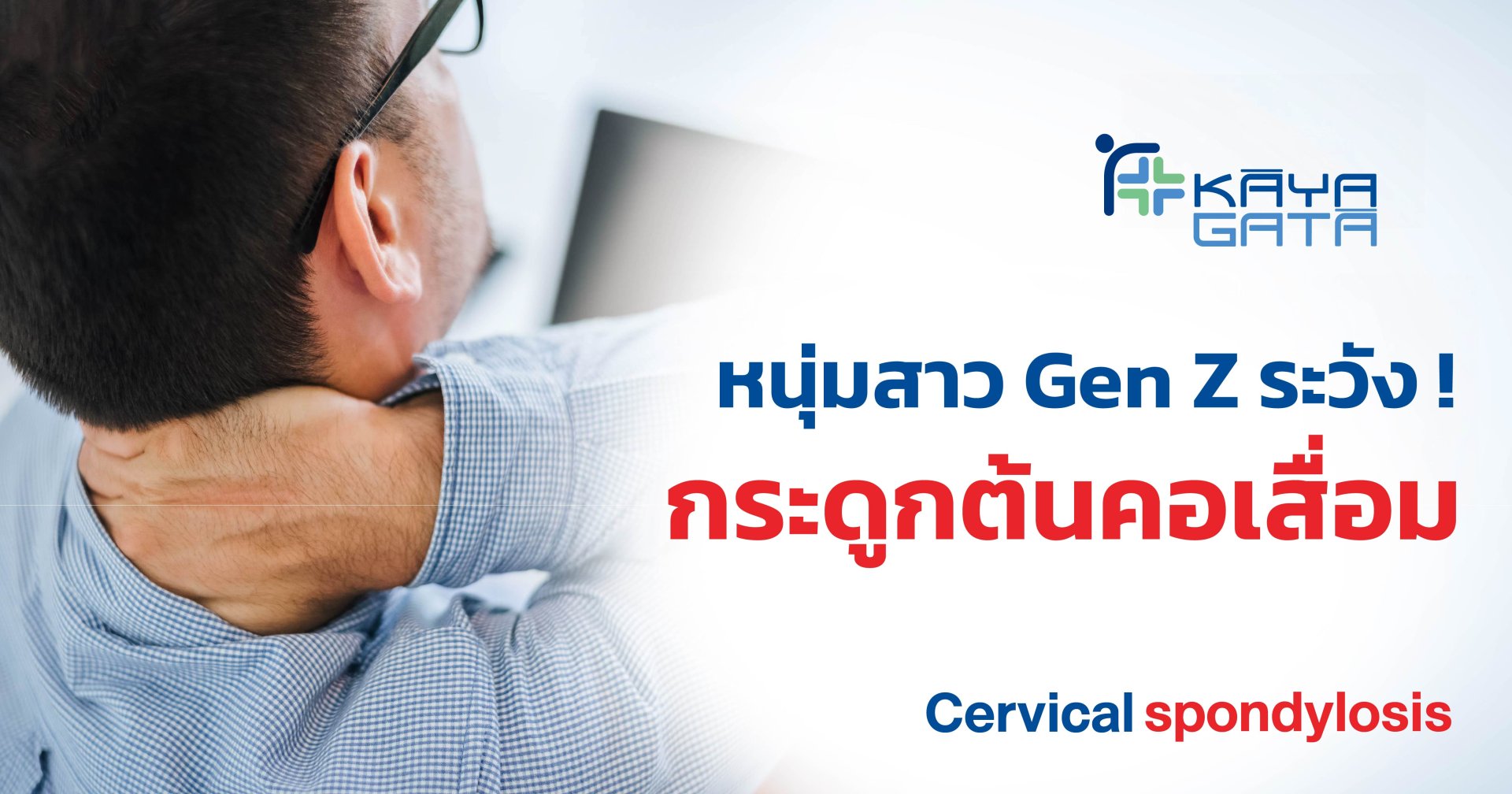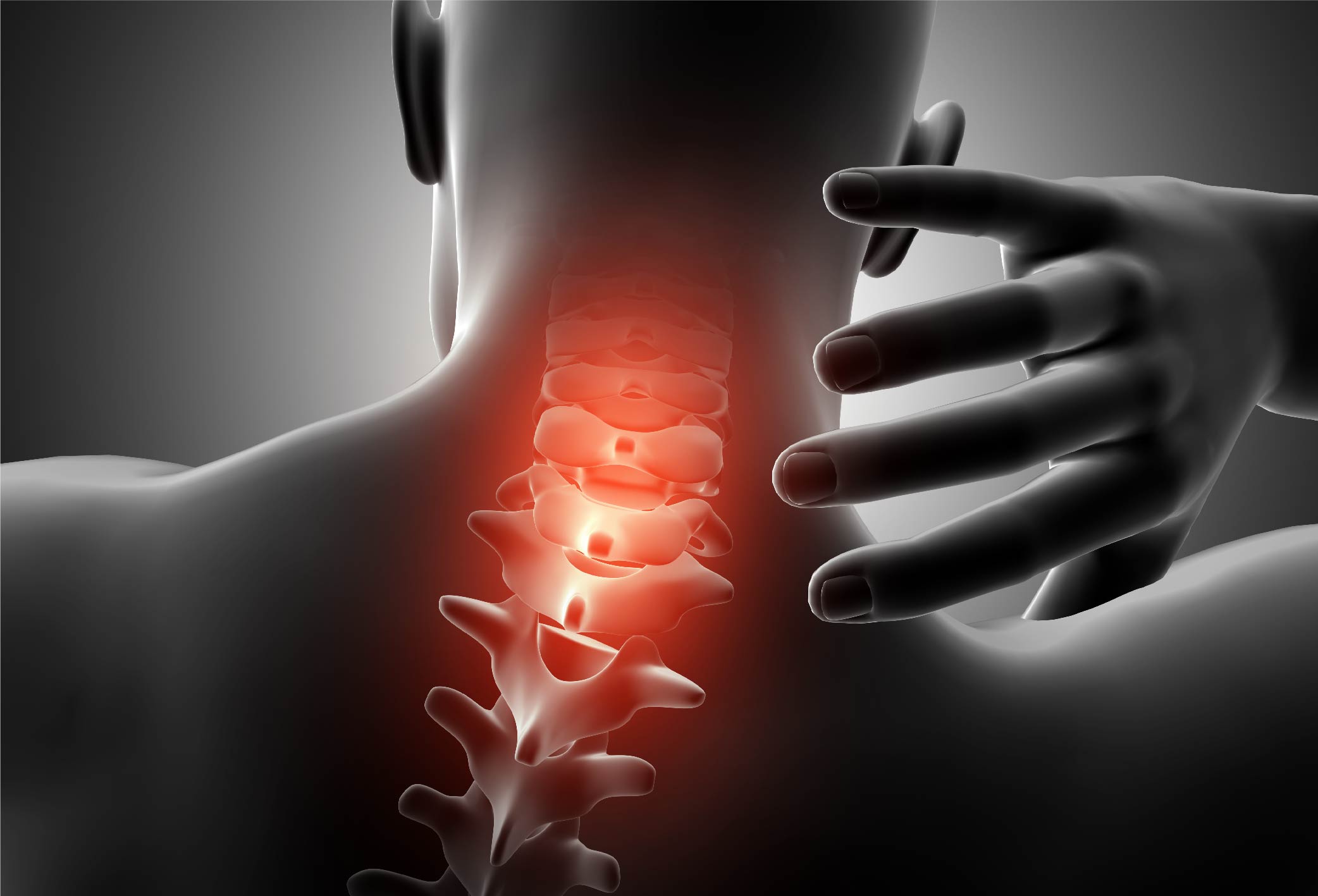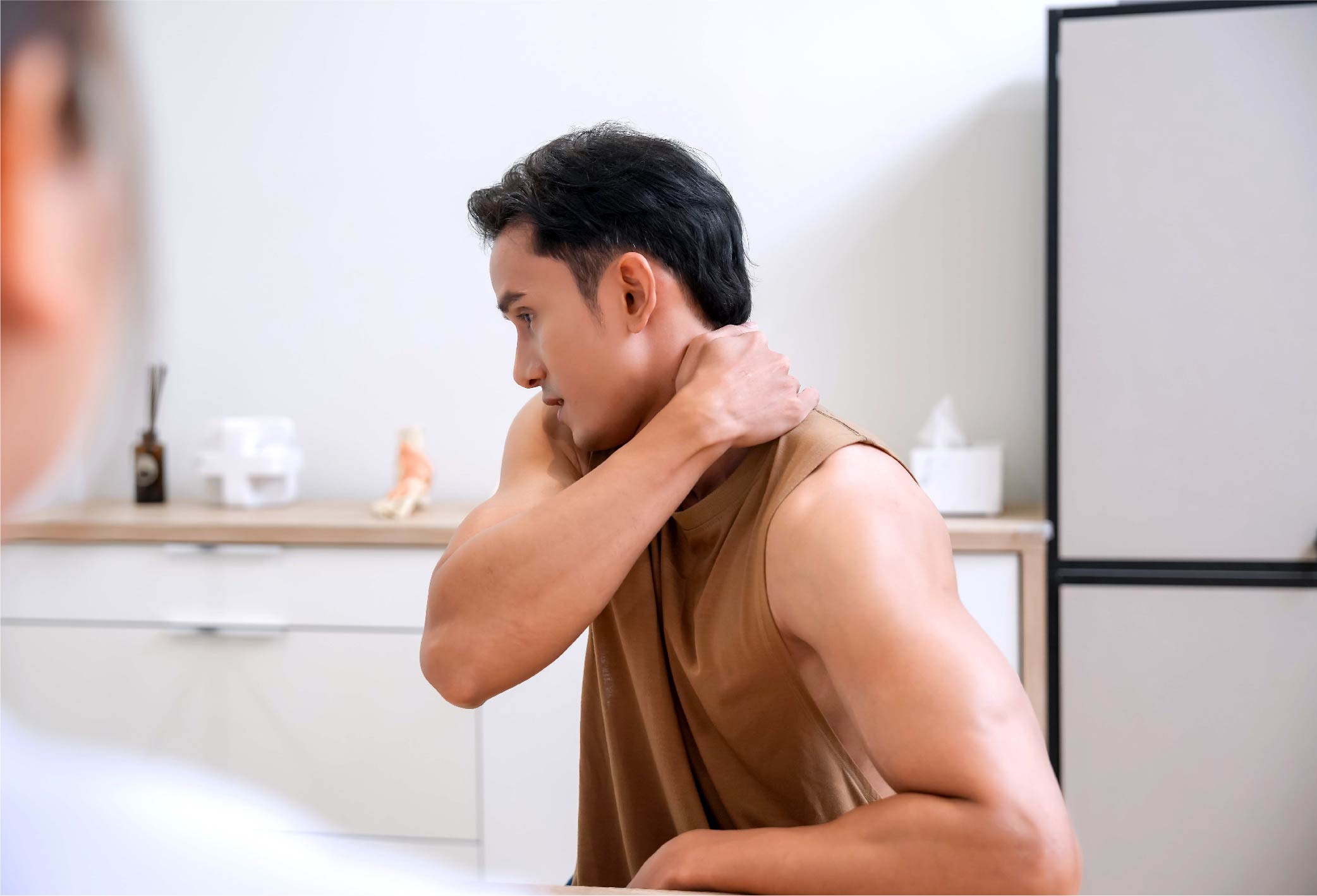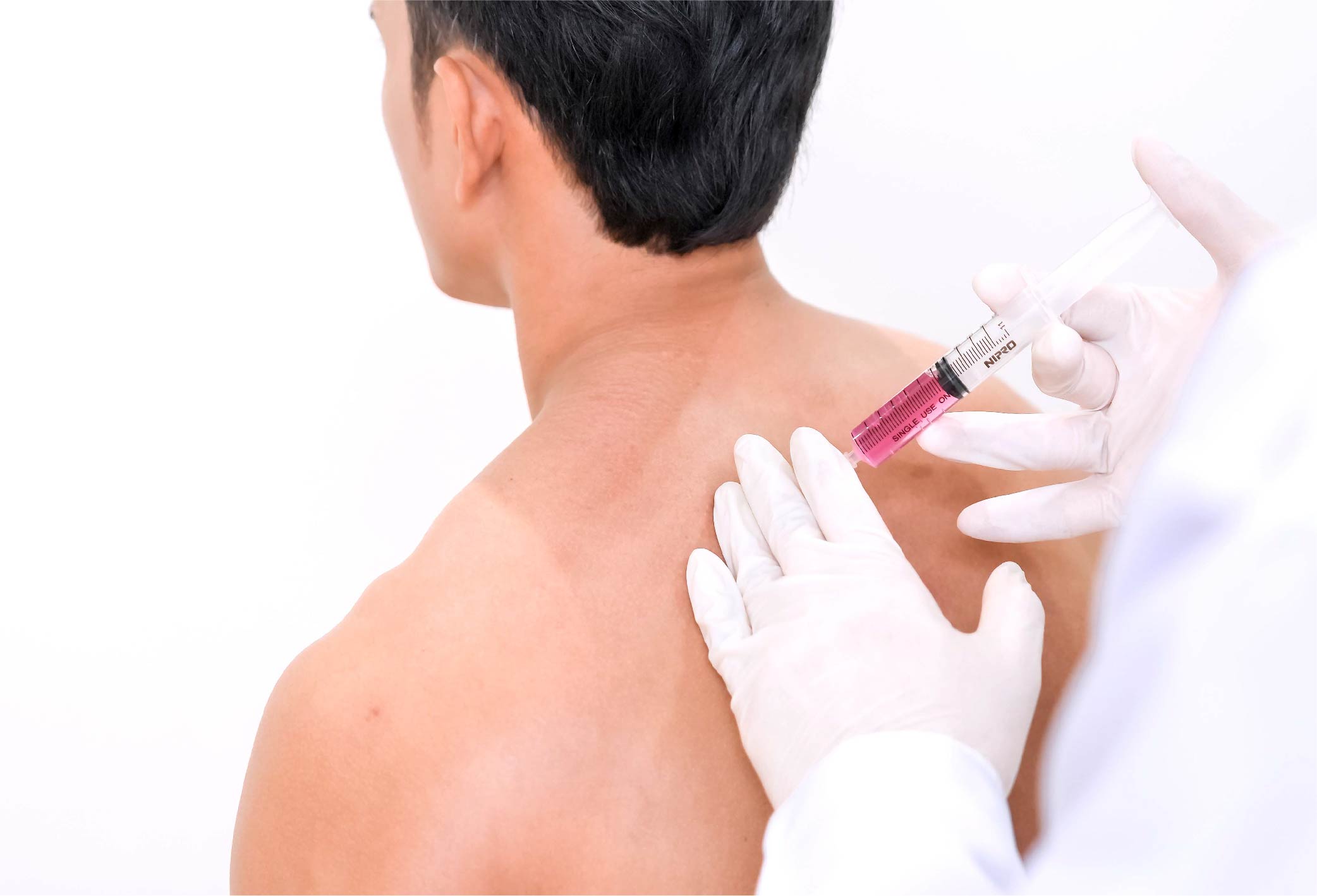Gen Z, Beware: Cervical Spine Degeneration

Cervical spine degeneration (neck bone degeneration) is most commonly seen in individuals aged 45 and above. However, there is now a growing number of younger patients, partly due to changes in modern lifestyles. These include working in prolonged head-down posturessuch as office workers typing at a desk, factory workers who constantly look downward, or researchers using microscopes. These activities put today's generation at risk of early-onset cervical spine degeneration.

What Causes Cervical Spine Degeneration?
The causes are often close to home, and include both controllable and uncontrollable factors:
- Age-related degeneration
Traditionally, aging has been considered the primary cause of cervical spine wear and tear. - Incorrect posture
Prolonged forward head posture or improper neck alignment during daily activities weakens neck muscles and leads to early degeneration. This has led to an increasing number of younger patients presenting with the condition. - Injuries and sports trauma
Not only accidents but also sports-related injuries (e.g., fractures, tendon sprains) may contribute to degeneration over time. Ironically, many Gen Z individuals who love fitness may harm their spine due to improper techniquesleading to early cervical degeneration.

Common Symptoms
- Tightness and soreness in the neck
- Radiating pain down the arms, elbows, fingertipsoften a sign of nerve compression
- Numbness, indicating potential nerve impingement
- Weakness, which may point to advanced spinal degeneration
Early Treatment is Key
If you start to feel tightness or fatigue in the neck, the first step is to pause neck-straining activities and perform stretching exercises. If symptoms persist, consult a physician for a proper diagnosis.

At Gaikata, the treatment approach combines physical therapy for pain relief and rehabilitation of degenerative spinal areas using the following technologies:
Therapeutic Technologies
- High-Power Laser Therapy
Targets muscles, bones, and nerves to reduce pain and inflammation - Shock Wave Therapy
Alleviates joint, tendon, and muscle pain through mechanical stimulation - Peripheral Magnetic Stimulation (PMS)
Especially helpful for neurological symptoms such as numbness or limb weakness - Ultrasound Therapy
Reduces inflammation, relaxes muscle spasms, and stimulates tissue repair
Regenerative Cellular Therapies
To repair and restore tissue at the cellular level, Gaikata offers:
- Prolotherapy
Injection of glucose-based solution into affected areas to trigger mild inflammation and natural healing. - PRP (Platelet Rich Plasma)
A small amount of the patients blood is drawn, processed to concentrate plasma and growth factors, then injected into damaged areas to stimulate cell repair and tissue regeneration. - Nucleic Acid (Bioactive Peptide) Injections
Nourish and restore cellular function. - Cell Therapy
Injection of cell-based components to replace damaged cells and stimulate new cell growth.
Each treatment is individually tailored by a physician based on symptoms, health status, and underlying conditions. The treatment duration also varies by patient.

Patient Responsibility Matters
While doctors and healthcare professionals guide the recovery process, patient cooperation plays a major role. Following medical advice, avoiding strain-causing activities, and committing to self-care can significantly affect treatment outcomes.
In short: Recovery doesnt happen by treatment aloneyour commitment to self-care is equally important.
.............


